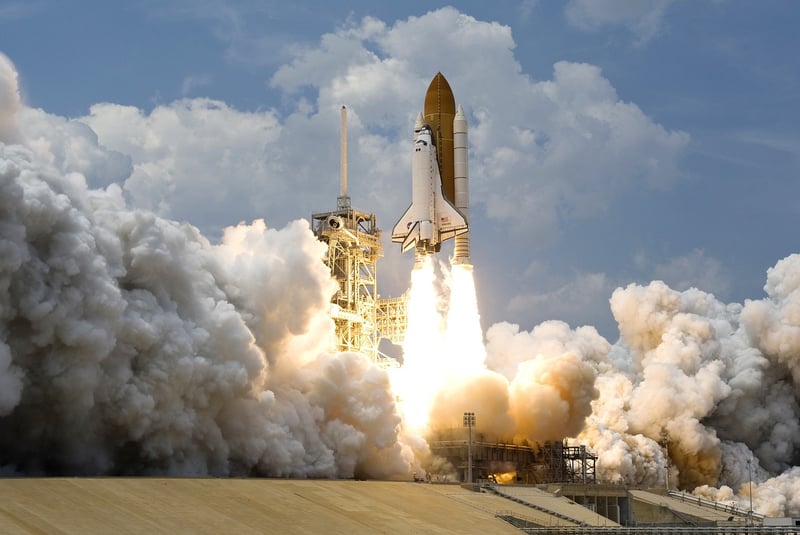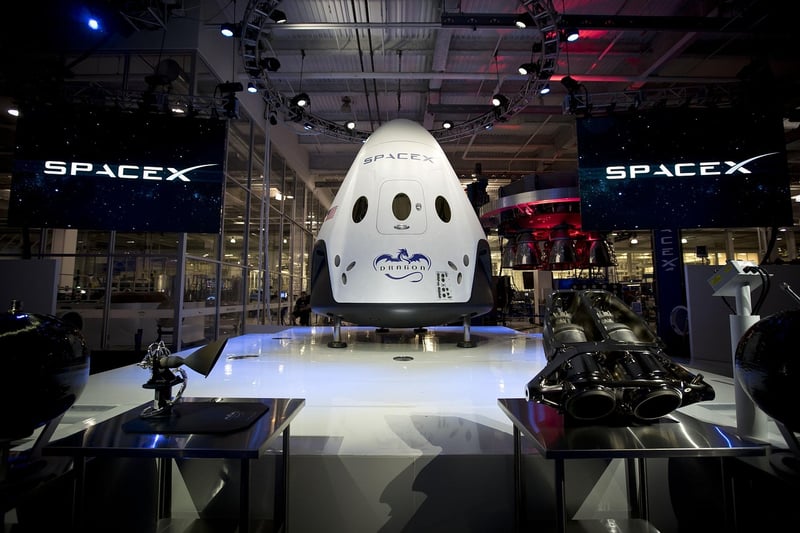Spacecraft Design
The Future of Space Exploration: Advancements in Spacecraft Design
Space exploration has always been a fascinating and ambitious endeavor for humanity. Over the years, significant advancements in spacecraft design have revolutionized our ability to explore the cosmos. From pioneering missions to Mars to the outer reaches of our solar system, spacecraft design plays a crucial role in the success of these missions.
1. Evolution of Spacecraft Design
Spacecraft design has come a long way since the early days of space exploration. The evolution of materials, technology, and engineering has allowed for the creation of more sophisticated and efficient spacecraft. Modern spacecraft are equipped with state-of-the-art propulsion systems, advanced navigation capabilities, and robust communication systems that enable them to travel farther and explore more distant celestial bodies.
2. Importance of Innovation in Spacecraft Design
Innovation in spacecraft design is essential for pushing the boundaries of space exploration. Engineers and scientists continuously strive to develop new technologies and design concepts that enhance the performance and capabilities of spacecraft. Whether it's developing more efficient propulsion systems, improving thermal protection for re-entry, or creating autonomous navigation systems, innovation is key to unlocking the mysteries of the universe.
3. Future Trends in Spacecraft Design
The future of spacecraft design holds exciting possibilities. Concepts such as reusable spacecraft, advanced robotics for autonomous operations, and next-generation propulsion systems are shaping the future of space exploration. NASA's Artemis program, which aims to return humans to the Moon and eventually send astronauts to Mars, relies on cutting-edge spacecraft design to achieve its goals.
4. Collaborative Efforts in Spacecraft Design
Space exploration is a collaborative effort that involves international partnerships and cooperation. Countries around the world work together to design and build spacecraft for joint missions, pooling resources and expertise to achieve common goals. Collaborative efforts in spacecraft design have led to groundbreaking discoveries and advancements in our understanding of the universe.
5. Conclusion
As we look to the future of space exploration, advancements in spacecraft design will continue to play a pivotal role in expanding our knowledge of the cosmos. By pushing the boundaries of technology and innovation, we pave the way for extraordinary discoveries and exploration of new frontiers beyond our planet.

Image Source: Pixabay
